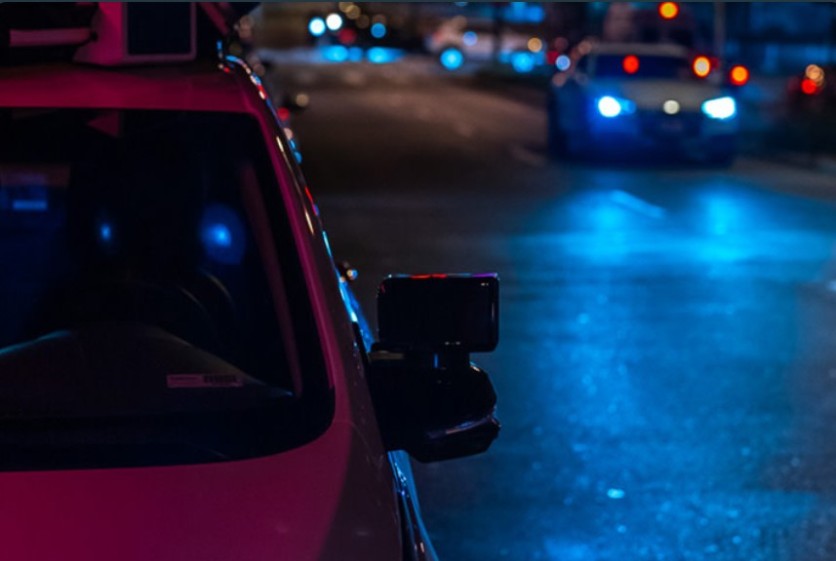When autonomous driving became a trend in the United States, many automakers quickly planned to deliver self-driving services across the country.
GM's Cruise, for instance, will reportedly explore two markets for its robotaxi venture. According to the company's CEO Kyle Vogt, the service will expand next year if the 2022 implementation pan out successfully.
GM's Cruise Robotaxis to Come to Austin and Phoenix

During the recent Goldman Sachs's Communacopia and Technology Conference, Vogt announced that driverless cars would be commercially launched in Phoenix and Austin before the end of the year.
According to a news article by Techcrunch, the operations will continue to expand in the next few months.
During the initial launch, the customers could freely ride the robotaxis as part of the service trial. In the succeeding months, Cruise will charge for the driverless service.
"Today we're announcing for the first time that in the next 90 days, before the end of 2022, Cruise will be live in two more markets, Phoenix and Austin. It will initially be small scale, but driverless and revenue generating with scaled operations to follow next year," Vogt said during his speech.
He added that several customers desire to enjoy a self-driving experience on the street taxis away from the traditional service that Uber drivers offer.
Related Article : No Steering Wheel Tesla Robotaxi To Arrive! Elon Musk Shares Details of New Autonomous EV
Safety When Driving Robotaxis
Per Gizmodo's latest report, Vogt acknowledged the concerns of the individuals who are worried that someone could eavesdrop on them during the trip.
He added that some customers experience anxiety when riding a passenger car because of the risks when sitting beside a person that they do not know. Through Cruise's robotaxis, they won't have any problem checking if the driver is alert while driving.
The self-driving company has previously mapped the roads along Phoenix. However, the case is different in Austin since Cruise has not yet done the same thing.
Vogt has high expectations for the robotaxi venture in the two cities. According to the CEO, Cruise might achieve annual revenue of about $1 billion by 2025 if all goes according to plan.
On top of that, the company is now planning how to deliver autonomous vehicles in the said places quickly. He believes that the more AVs produced, the higher revenue the company can gain in a particular period.
In short, having a high number of AVs is GM's main instrument of profitability. Vogt said that the corporation knows what it's up to at the moment.
Amid the competition in the autonomous driving business, Vogt claims that GM is well-aware of their products and they "can do it like the back of their hand."
Speaking of robotaxis, Tech Times reported in July that Baidu's new robotaxi dubbed Apollo RT6, would become much cheaper compared to the previous model.
Read Also : GM Cruise Robotaxis Stopped Operating in the Streets of San Francisco Causing Traffic For Hours
This article is owned by Tech Times
Written by Joseph Henry
ⓒ 2025 TECHTIMES.com All rights reserved. Do not reproduce without permission.




